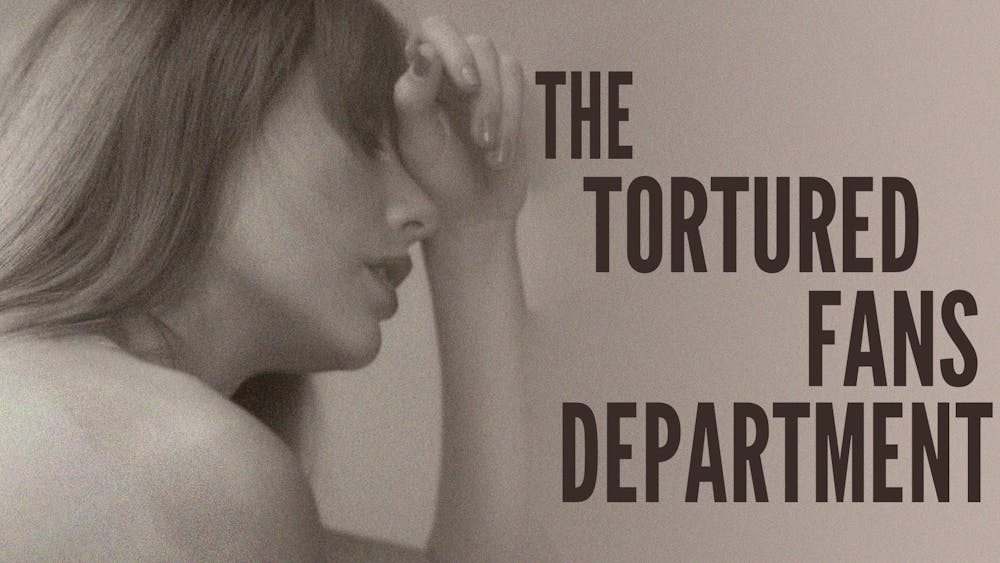If I was in a coming-of-age film, it would open with me slamming the door shut and blaring something David Byrne wrote.
There is something about David Byrne and Talking Heads that makes my brain make sense. I was waiting for the film version of “America Utopia” for over a year, and it was worth the wait.
“American Utopia” gives Byrne what he always wanted: complete creative freedom. Byrne’s art has always existed in a visual sphere first, so he starts it how a painter starts with a blank canvas — as if it's an empty stage. Reminiscent of one of the best and most referenced music performance movies of all-time, “Stop Making Sense,” this “start simple, build up” model is effective and moving. He repeats the model in their performance of “Born Under Pressure,” an original Talking Heads song, and as the band builds it up, he introduces them.
Byrne’s choices are minimalist. The gray suits, shoes, backgrounds and lack of props make the picture seem almost black and white. The simplicity of the production allows Byrne to focus on what lies at the center of the show: human connection.
Spike Lee’s direction is evident but never overbearing. His voice is clear and visible, but always gracious to Byrne’s vision.
The show ran on Broadway and is hoping to return next fall; the filming and subsequent release of the show make it accessible. In fact, Byrne is said to have started playing music because it was the most consumable art form. This sentiment is seen throughout the show as he engages with the audience in the theater and at home.
Lee’s influence makes it clear that you are viewing a film and not a taping of the show. The show does have an accompanying solo album from Byrne and an official Broadway cast recording, but the movie reveals a new dimension. Lee often uses God-like, point-of-view shots to make the actors look like shapes moving across the stage, a fun effect that is impossible in a live show. These visual components are intentional and necessary to experience Byrne’s music at its fullest.
Byrne opens the show by explaining the human brain. He makes the story wider and wider as it encompasses human relationships, politics and thought. It is no wonder that comedians like John Mulaney and Amy Schumer have connected with Byrne; he has even received some comedy notes from Jerry Seinfeld. Byrne teeters the edge between the absurd and the insanely genuine, never sacrificing one for the other. He directly brings up the Dada art movement of the ‘30s before reciting a song of gibberish, but as soon as it stops being interesting, he moves on. He approaches songwriting almost juvenilely, singing about dancing, acceptance, dogs and things he sees in his life. These moments focusing on joy and community are joined by earnest political moments such as their cover of “Say Their Names” by Janelle Monae. The balance between his approaches gives the show a conversational feel, featuring both the beautiful and the ugly parts of life.
Byrne’s music extends beyond just trying to take an optimistic view of politics, also offering optimism in the face of loneliness. In “America Utopia,” he takes the audience on a journey through their brains and the beauty of human connection. As he says in the show, “Human’s favorite thing to look at is other people.” Byrne highlights this need in a time when it feels like there are insurmountable obstacles between humans.
Watching the show made me realize that the show in itself is a sort of coming-of-age story for humanity. It starts off small with only one human brain and ends up taking us on an entire journey through the human experience, all with only a couple of people, a couple of instruments and a minimalist set.
The credits roll over Byrne and his Broadway cast, riding their bikes around New York, raving in each other's company. The shot I wish my coming-of-age movie would end with.













